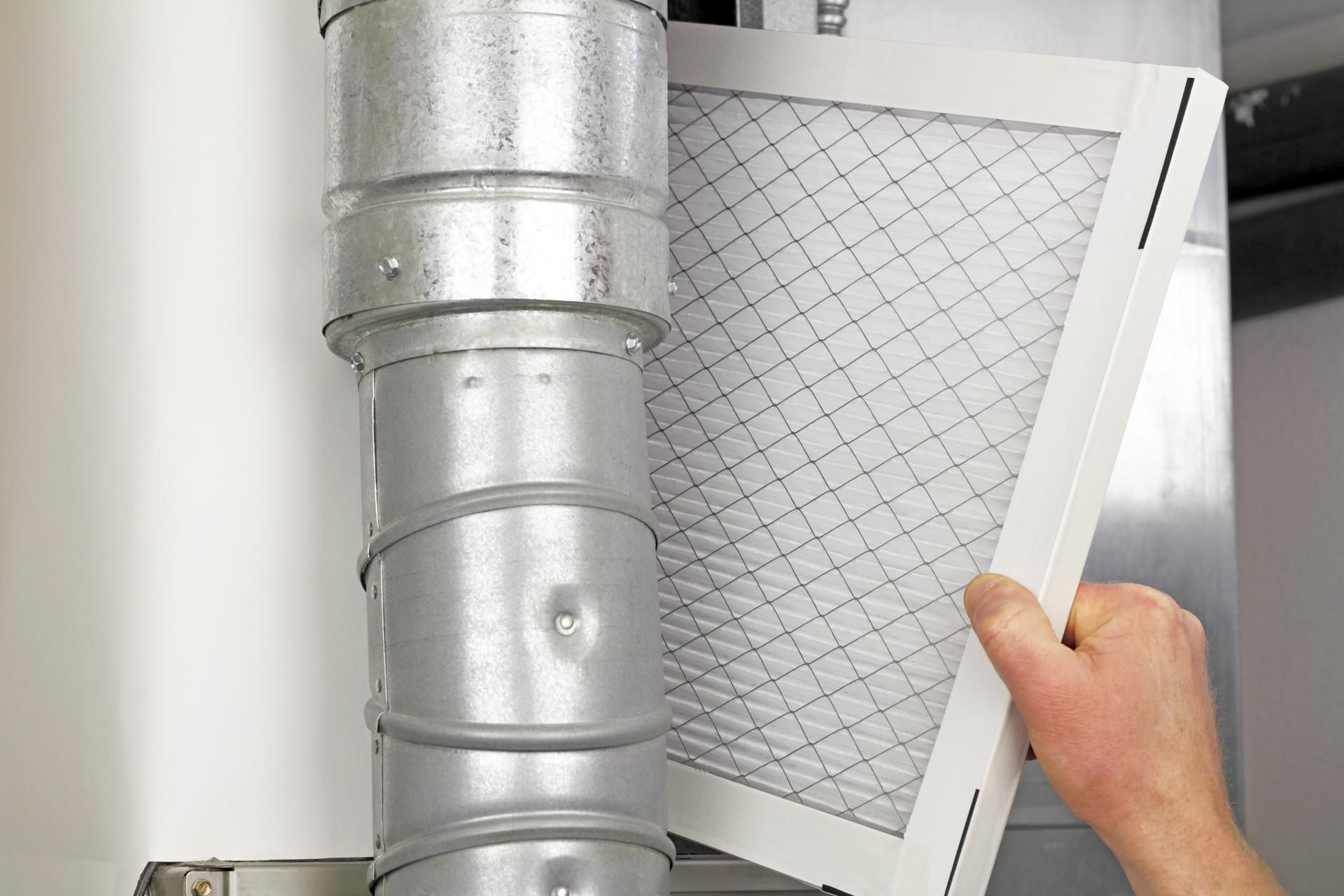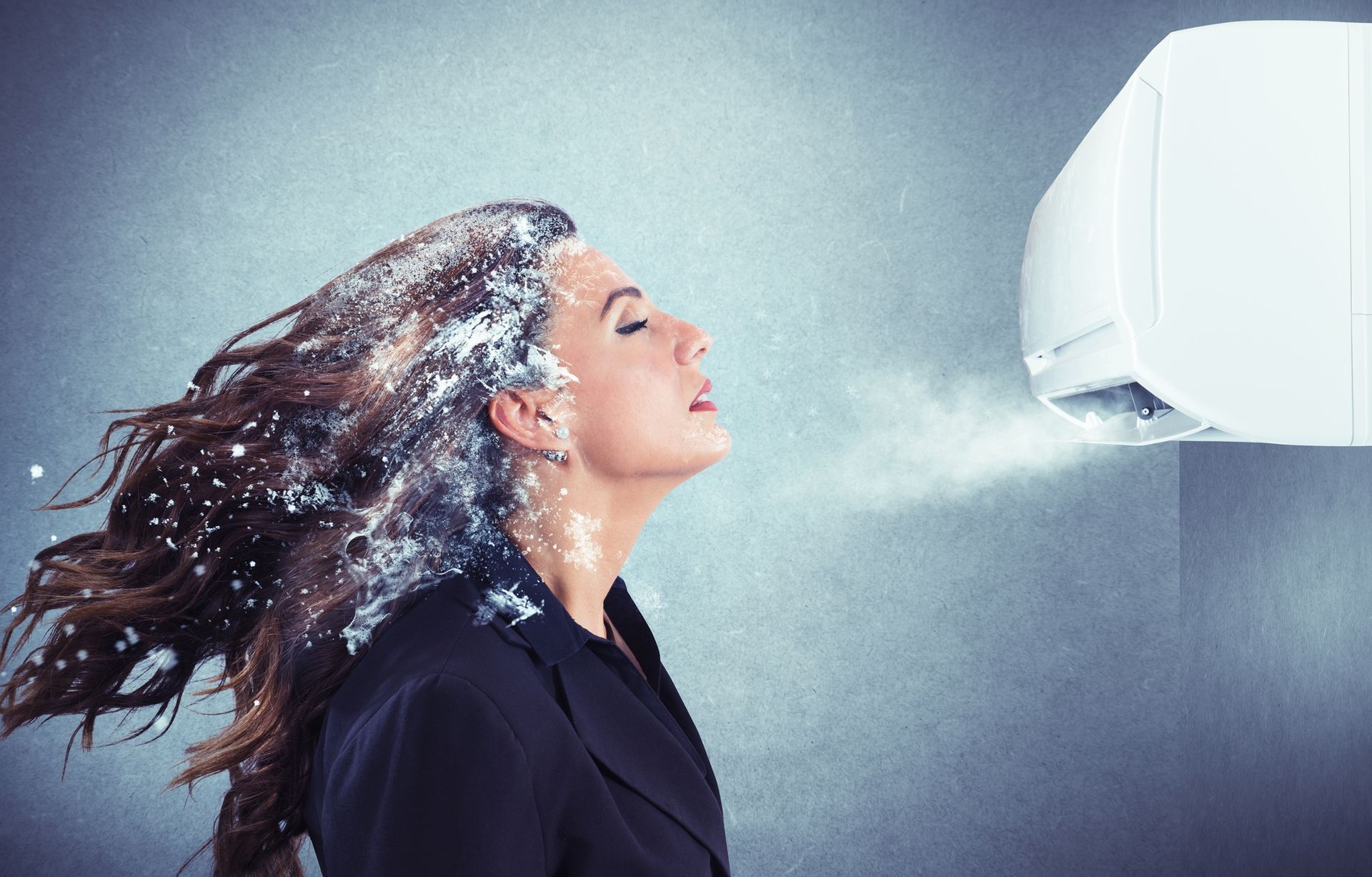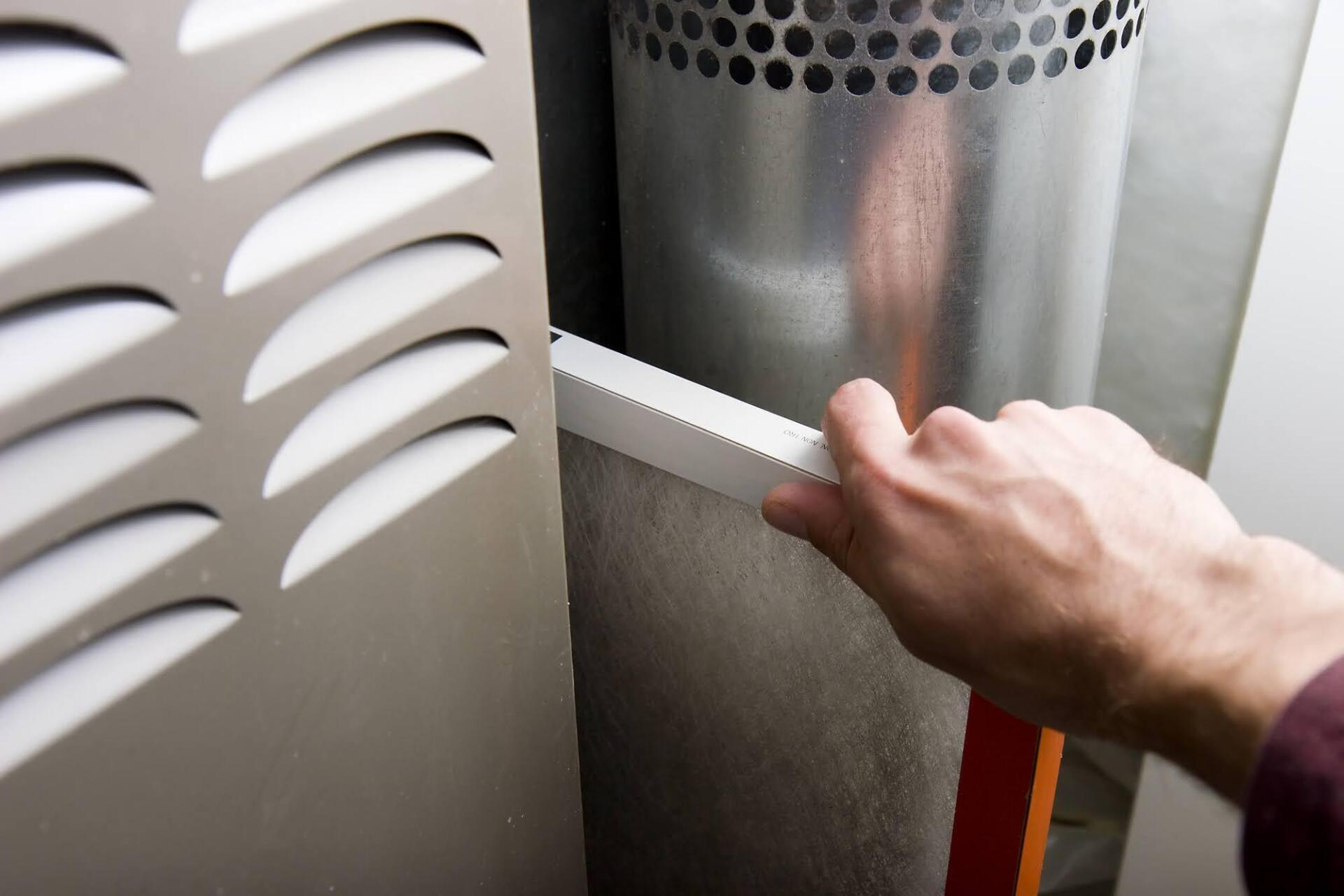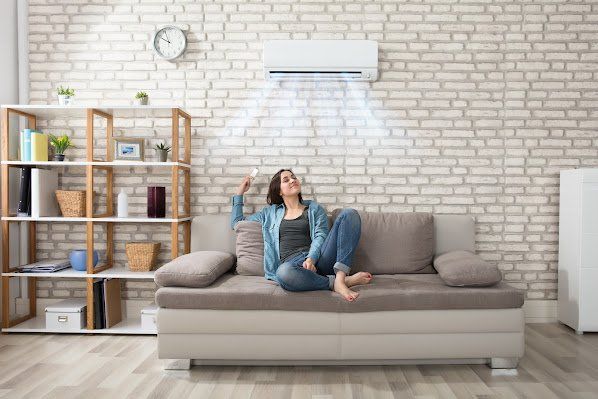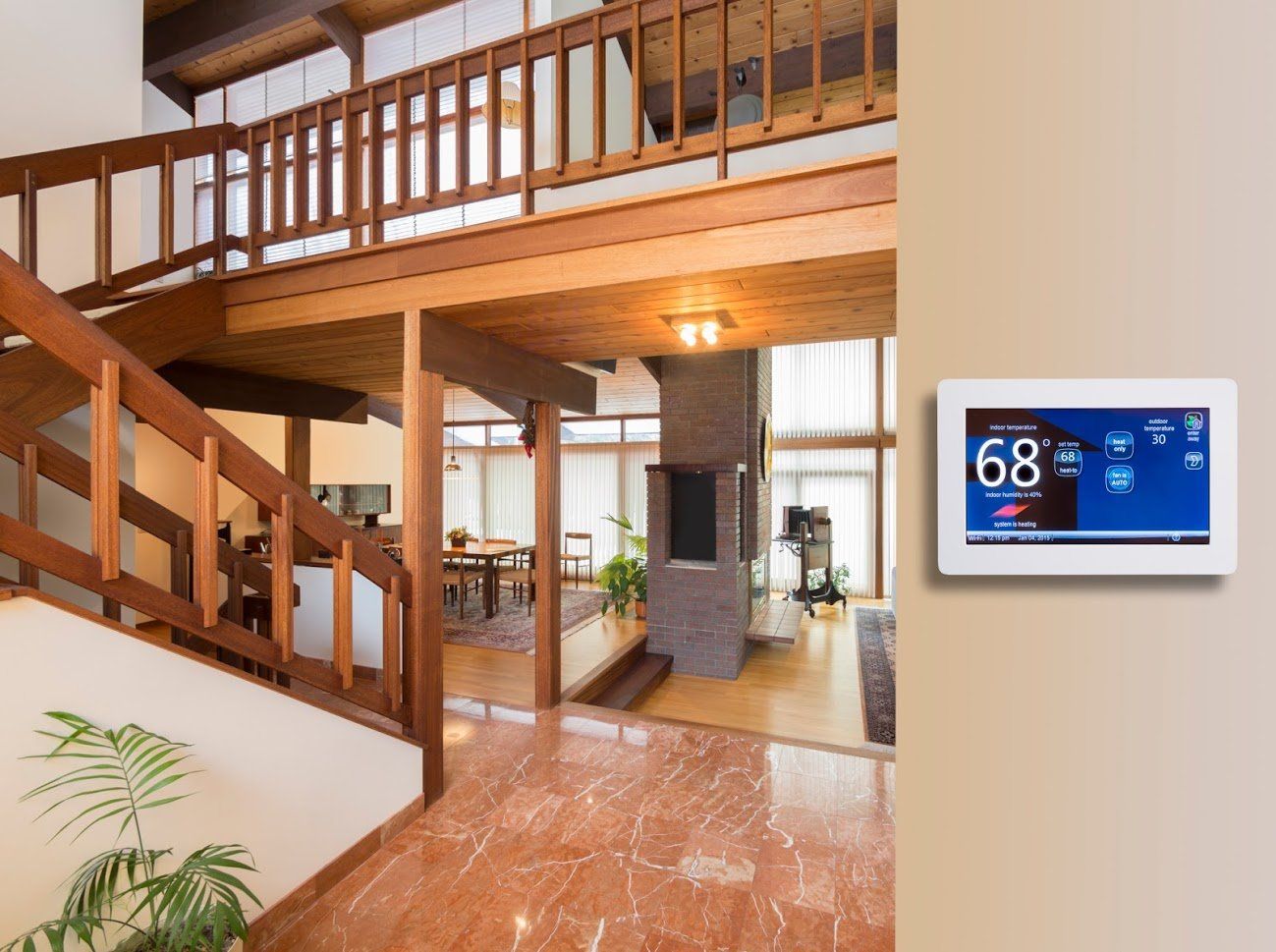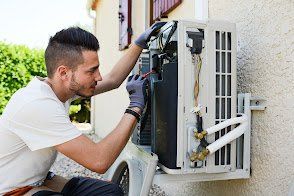The Top Home Heating Mistakes and How to Correct Them
Admin | January 22, 2021
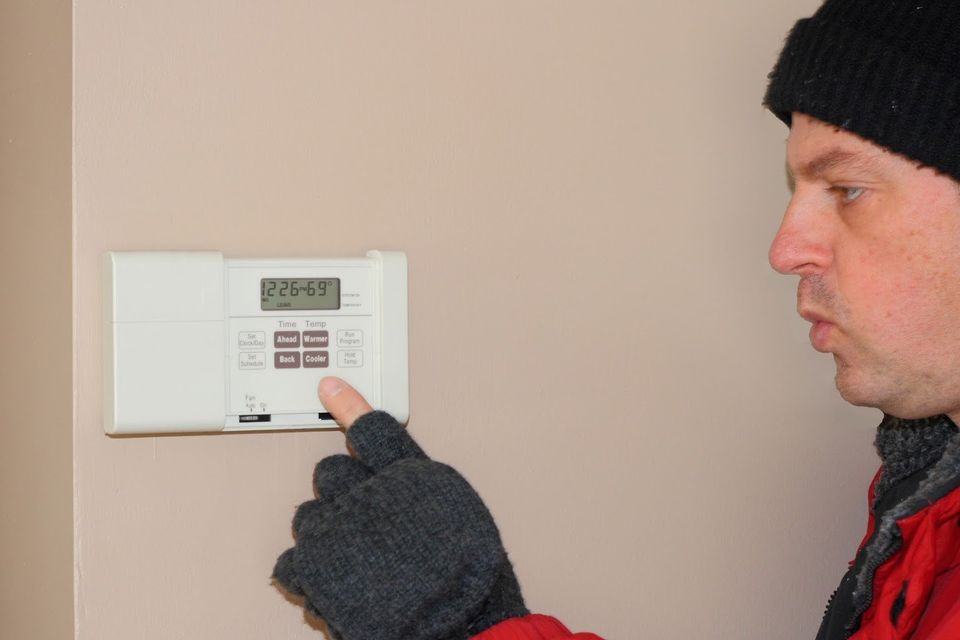
Can you make home heating mistakes? While most HVAC systems are easy to use, it is possible to make a few flubs. Before you cost yourself extra money in home heating bills or repairs, take a look at the top mistakes homeowners make and how to avoid them.
A Failure to Lock Your Home's Windows
Window locks don't just improve home security. Locks also help to create a tight seal that keeps the cold winter air out and the warm heated air in. But if you fail to lock or completely lock the windows, you could leave a slight gap. This gap can force your heater to work harder. The result is increased energy usage, higher electricity or natural gas bills, and added stress on your furnace, boiler, or another type of heater.
The sooner you check your windows the less likely it is this mistake can cause serious or significant heater problems. If unsealed windows or a leaky gap have already caused excess heater wear and tear, contact an HVAC professional as soon as possible.
A qualified technician can inspect the system, evaluate excess wear or damage, and recommend a repair or replacement. Combined with fully locked windows, this service can restore your heater and help it to function effectively and efficiently.
A Too-Low Thermostat Setting
A seven to 10 degree Fahrenheit change for eight hours a day can save you money on home heating costs, according to the U.S. Department of Energy. While this type of change can reduce your annual utility costs by up to 10 percent, dropping the thermostat to a lower number won't add to the savings.
Some homeowners mistakenly believe the more they lower the thermostat setting, the less they'll pay for heating bills. Instead of adding to your monthly or annual utility savings, this strategy could cost you more over time. An excessively low or prolonged low thermostat setting brings the overall temperature of your home down. When you do eventually turn the heat up, it will take longer to warm the entire interior area.
Not only can a low indoor air temperature feel uncomfortable, but it can also force your furnace (or another type of heater) to work harder. Like unlocked windows, this can also increase energy usage and lead to wear and tear. If your thermostat is set more than 10 degrees Fahrenheit lower than your usual or normal indoor temperature or for longer than eight hours, make a change as soon as possible.
Use a programmable or smart thermostat to keep the temperature low, but not excessively low. A qualified HVAC technician can recommend a new thermostat and install the device. The technician can also help you to program the most energy-efficient (and comfortable) settings.
A Fireplace Home Heating Strategy
Does your home have a fireplace? Even though this feature can create a cozy, comfortable feel in the living room or other similar space, it isn't a substitute for central heating. Without proper maintenance, your fireplace could cost you unnecessarily in utility bills.
A fireplace will spot heat in the immediate area. If this is a small space, the entire room may feel warm. But the rest of your home won't benefit from the fire's heat. This can push your central heating system to work harder and may lead to premature wear or the need for repeat repairs.
Along with hot and cold spots in your home's interior, an open damper, unsealed damper, or open fireplace (without secure glass doors) can let the hot air out and the cold air in. If you regularly use a fireplace, make sure it is adequately sealed and maintained.
Does your heater need a repair or replacement? Contact Central York for more information.



